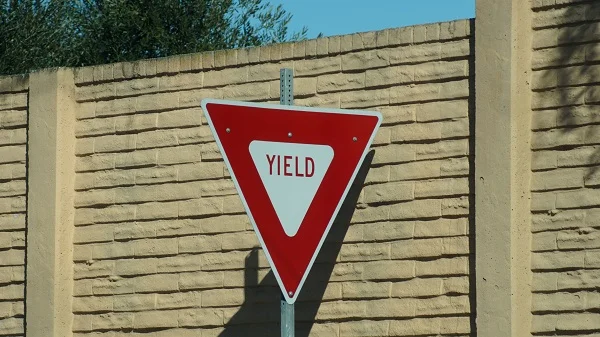Over the last week, there has been news coverage of an “inverted yield curve” and how this situation has preceded every US recession since 1967 (along with a few instances where one did not materialize). When a recession did follow, on average it arrived 14 months later.
It’s important to note that an inverted yield curve is not a definitive signal that a recession is coming (nor does it tell us exactly when it might come), but it does mean that investor sentiment is negative, meaning that the economic outlook is not as rosy as it currently is. Investor sentiment is relevant not only to public companies, but also startups and high-growth technology firms which require periodic access to new funding or plan to make an eventual exit (either via IPO or acquisition).
When markets take a turn for the worse (such as in 2000 or 2009), it is common for several warning signs to have been visible for an extended period of time (flashing yellow lights), followed by a large catalyst/event which cannot be reliably predicted (red light). An inverted yield curve can be seen as one of those flashing yellow lights – it’s something important worth noting, but not something that on its own indicates a recession is certain.
What is the “yield curve,” and what happens when it’s inverted?
The yield curve is the relationship between different types of US Treasury securities (bonds), which mature over various lengths of time. In a normal environment, you would expect to get less interest on a short-term bond than you would a longer one. In this case, the yield curve is described as sloping upwards.
In contrast, an inverted yield curve, as occurred recently, is an unusual situation where the interest rate for shorter US government bonds is higher than for longer term US government bonds. So, instead of getting a higher interest rate (as you might expect) for investing your money for longer, it’s actually the opposite.
Why is this so unusual?
The best way to understand this is to think of your own behavior if you were considering lending money to someone else (with interest). Naturally, you’d expect to receive less interest if they promised to repay you in 1 day rather than 1 year. Why? Because over a longer period of time there is more risk of non-payment and inflation. This is why long-term rates are normally higher than short ones and should be.
So why is this happening?
When investors expect the economy to continue being strong, they invest in a wide variety of investment types. But when they’re concerned that economic growth may slow, they tend to err on the side of caution with longer-term Treasury bonds. And when masses of investors make a sudden shift toward “safer” longer-term bonds, that surge in demand may cause a decline in long-term bond yields (interest) to the point where they’re actually lower than the yield for short-term bonds. And thus, the inverted yield curve.
So what does it all mean?
The primary takeaway is that an inverted yield curve is a sign to be cautious. It’s important to understand what’s really in your portfolio, and to have an investment strategy designed to perform well in a variety of market conditions (up markets and down markets). To be sure, this is always the case, but an inverted yield curve is an especially strong indicator that if you “set it and forget it,” it’s time a take a deeper look at what’s in your portfolio.
Thinking you might need a second look at your portfolio? Paceline offers complimentary portfolio reviews that are perfect for such an occasion.
This blog was written by Jeremy Bohne, Principal & Founder of Paceline Wealth Management. Paceline is a fee-only investment advisor serving clients in the Boston area, and on a remote basis throughout the country. Paceline specializes in helping tech and biotech executives, physicians, and those seeking financial planning services.

